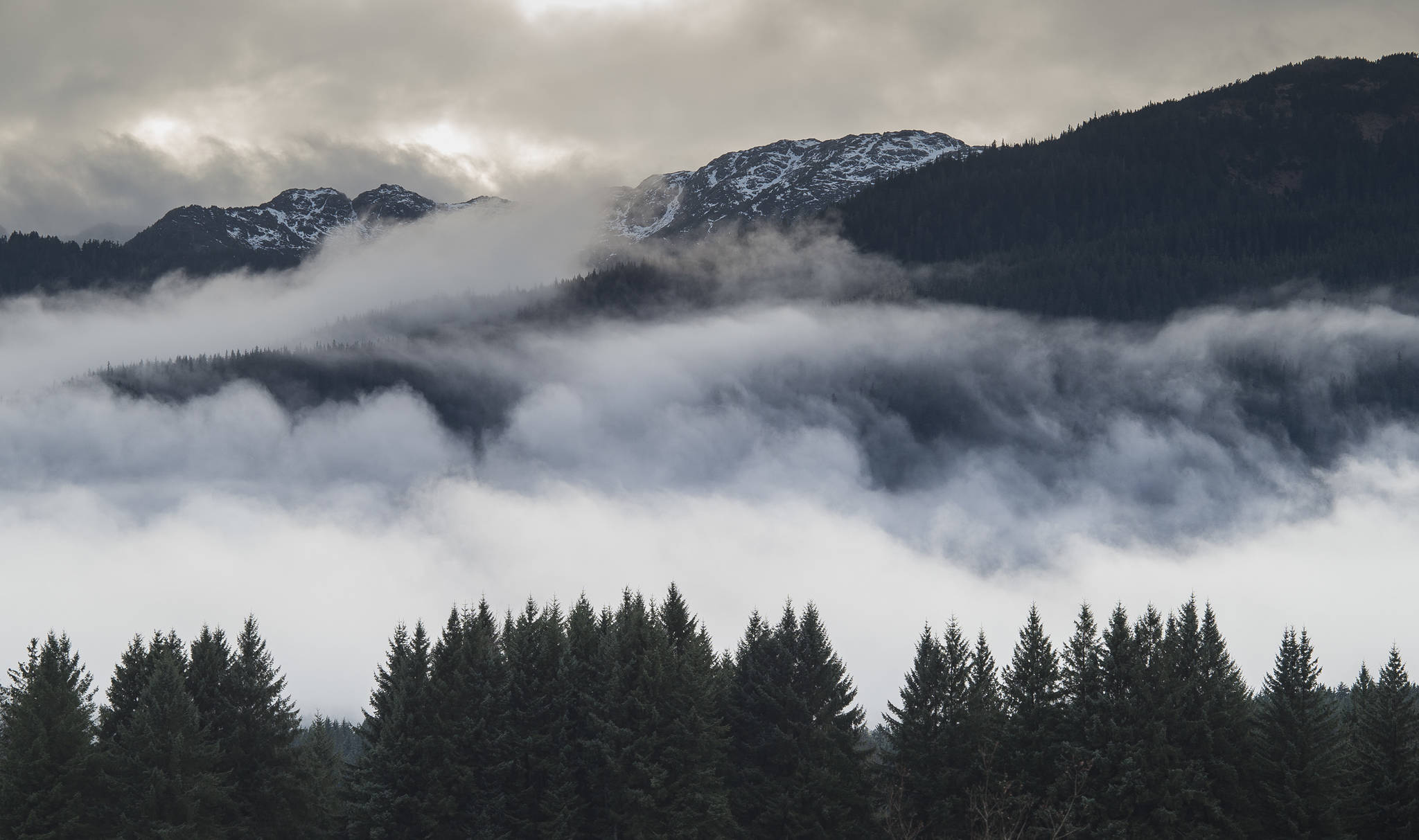The first phase of the largest timber sale in Tongass National Forest in decades is moving ahead, and the U.S. Forest Service is asking for public comment through May 13.
The Forest Service has confirmed it plans to offer about 225 million board feet of Tongass old growth timber over 15 years, CoastAlaska reported Monday.
More than a fifth of that could be in the next year alone.
But the federal agency insists this is much more than a timber sale. The agency prefers calling it a “landscape level analysis” because it’s folded into other work.
[Court invalidates four timber sales in Tongass National Forest]
That work includes stream restorations and culvert replacements. There’s also improved recreation like trail building and new public use cabins and shelters that has strong local support.
Until funding is provided, the Forest Service has set aside federal dollars for ongoing commercial timber surveys. It says it intends to offer 50 million board feet in the next year.
Supporters and critics alike have registered their concern with the lack of detail offered to date by the Forest Service. There have been maps of units with potential logging and other activities but no specific plans.
Forest Service spokesman Paul Robbins says the Forest Service’s current process is new for everybody.
[Environmental groups object to Prince of Wales timber sale]
“Before we would say, ‘Hey, these are the activities we’re proposing to do,’” Robbins said. “And instead, now we’re saying, ‘What activities do you want to do? OK, we’re going to go do those.’”
Timber industry representative said there’s an understanding that a timber sale is in the works even if the details aren’t out yet.
“You know, when I talked to the timber sales staff, they said they had a project that they’re working on, a specific timber sale project with specific units,” said Owen Graham, executive director of the Alaska Forest Association in Ketchikan.
The Forest Service is holding its last round of public workshops before it begins offering specific areas for logging and deciding which restoration and recreational projects to pursue.
“Those decisions are going to be made after the comment period’s done based on the information we gather,” Robbins said.
• This is an Associated Press report.

